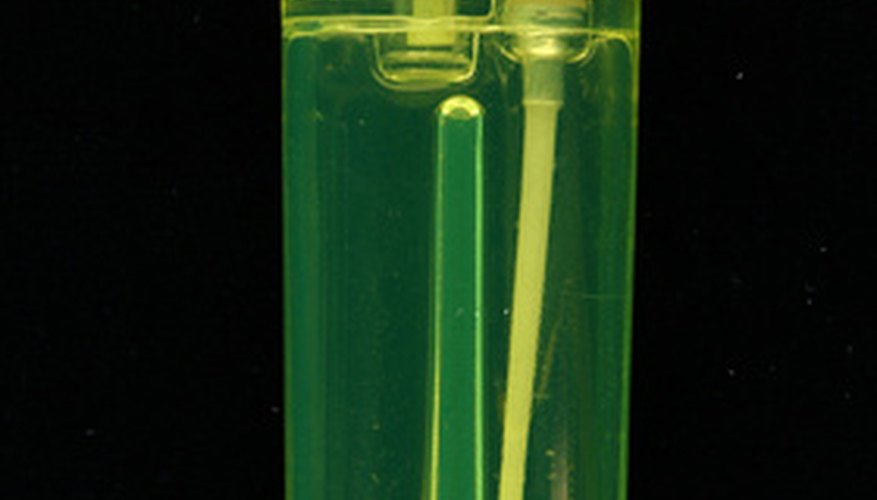Plastic exists in a variety of locations in homes: in pens, mechanical pencils, storage containers and furniture. Flexible plastic lends itself to outdoor furniture, plastic storage boxes and sometimes car parts. Painting plastic can prove tricky because paint can slide right off the slippery material. Flexible plastics are especially challenging. Paint brushes usually are appropriate for painting on plastic, but if the painting is on a large surface area like an outdoor chair and table set, using a sponge sometimes is easier.
Wash the plastic using a degreasing soap, water and a wash rag to remove any grease that might be on the plastic as well as dirt or dust. Always start with a clean surface. Dry the plastic with a towel.
- Plastic exists in a variety of locations in homes: in pens, mechanical pencils, storage containers and furniture.
- Wash the plastic using a degreasing soap, water and a wash rag to remove any grease that might be on the plastic as well as dirt or dust.
Sand the plastic where you plan to paint to remove its shiny and slippery finish, giving the paint a rough surface to stick to. Use a fine-grit sandpaper such as a 400 or 600 grit for the best and smoothest results.
Apply a flex additive or primer appropriate for plastic to the flexible plastic. This allows the paint to stick. Paint the flex additive or primer onto the plastic and allow it to dry. Drying times will vary depending on the area or application, humidity and the specific primer, but usually it should dry within an hour or so. Point a fan at the plastic item to aid faster drying.
- Sand the plastic where you plan to paint to remove its shiny and slippery finish, giving the paint a rough surface to stick to.
- Point a fan at the plastic item to aid faster drying.
Add a second coat if the primer directions suggest it.
Paint an image or colour onto the plastic with a plastic paint. Apply a light coat of paint initially and work up to heavier coating. Usually, two coats of light of paint are appropriate. Paint will take a couple of hours to dry, though putting a fan on the item will help dry it faster.
TIP
Plastic paints usually do not require a sealant, and they usually are waterproof. Allow the paint to dry before using the plastic item. Clean painted plastic with mild soap and water without damaging the paint once it's dry.
WARNING
Avoid paints not designed for plastic because they might not adhere to the surface. Look at the specific plastic paint directions before assuming care is typical. Different paint types and brands might have special care instructions.
